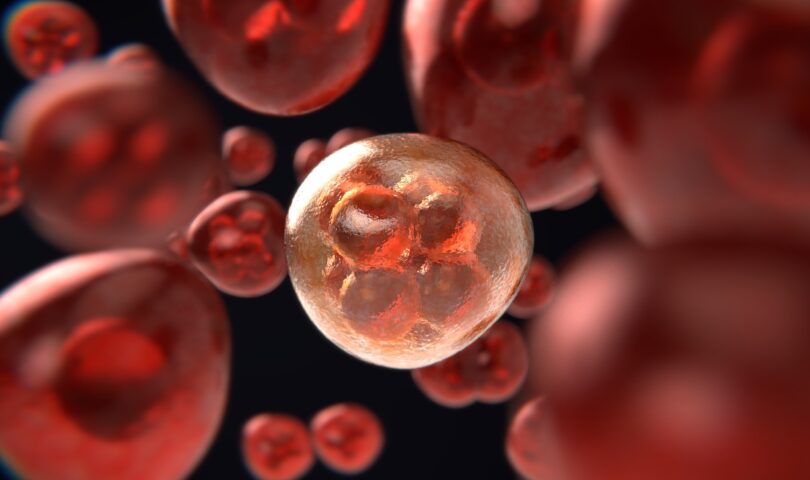My grandfather died of neck cancer about five years ago. Cancer has always been this invisible enemy that has haunted me and so many people I know. Scientists in the medical field have been working to cure cancer. But what, exactly, cancer is and how does it impact us?
Cells are the basic unit of life. We humans have an estimated 37.2 trillion cells, and each cell goes through the cell cycle. The first phase of the cell cycle is called G1. This is the phase when the cell is growing and maturing. Most of the cell’s time is spent in this phase. Some cells also go into G0, where they don’t reproduce or anything. Neurons, our brain cells, are usually in that phase.
The S phase is the synthesis phase. We have 46 chromosomes — 23 from our mom and 23 from our dad. In this phase, DNA, our genetic material that gives cells information on how to grow and what they need to do, duplicates. Thus, we have double that number of chromosomes. And in the G2 phase, the cell is preparing to divide. A cell’s division process is called mitosis (What did the cell say when its sister stepped on its toe? Mitosis.). G1, G0, S, and G2 are all part of interphase.
Mitosis is the actual process of cell division and is made up of 6 phases. Prophase, the first phase, is when DNA condenses. At this point, the chromosomes are technically visible from a lower magnification. Prometaphase is when the nuclear membrane (surrounds the nucleus, which contains DNA) disintegrates. The chromosomes line up in the center in metaphase. In anaphase, the chromosomes all split in half, each half has 46 chromosomes. Then, cytokinesis occurs which is when the physical cell itself divides. And each cell ends up with 46 chromosomes.
Normally, when cells grow and divide and realize they are surrounded by a bunch of other cells, they will stop dividing. This is called contact inhibition. And when DNA is replicating (making copies of itself), sometimes there are errors that occur. These errors can be harmless (i.e. nothing happens because of those errors) or they can seriously disturb a cell’s ability to function.
These errors are called mutations when they become permanent (there are proteins that proofread the DNA during replication, but sometimes they don’t catch the mistakes made during replication). If a mutation causes a serious enough alteration, sometimes the cell recognizes this and destroys itself. This is called apoptosis.
But sometimes, there are cells that have mutations that disable them from recognizing that they’re deformed. As in, they can’t recognize that the mutation they have is serious because the mutation stops them from recognizing this and hence the cell can’t do apoptosis. If this cell also has the mutation for being a little faster at cell division, it could eventually keep dividing, over and over again, until it makes a ton of copies of itself.
When the amount of cells becomes large enough to be noticeable, it is called a tumor. Another word for a tumor is neoplasm. If this tumor is just sitting there and not causing any harm, it’s called a benign tumor, benign meaning harmless. But, if the tumor starts dividing to a really high degree and infiltrating other regions of the body, it starts to be classified as harmful. It is now invasive.
And throughout these divisions, mutations likely become more frequent because the DNA replication scheme has been hurt. When the cell has gained the ability to take over other regions of the body, it has become metastasized. These cells are cancerous. The gene p53 is what blocks the cell cycle progression and a defect in this gene is what causes 50% of tumors.
By learning more about what cancer is, scientists can figure out ways to attack cancerous cells and lead to more healthy people. With the way medicine has advanced in the past 50 or so years, I wouldn’t be surprised if we are able to find a cure for cancer. But since cancer includes all sorts of diseases that function the way that has been described above, there are going to be different treatments for different types of cancers.
VAAGEESHA DAS is a senior at Morgantown High School.
Information comes from:
- Khan, S. (n.d.). Cancer (video) | cell division. Khan Academy. Retrieved October 13, 2021, from https://www.khanacademy.org/science/biology/cellular-molecular-biology/stem-cells-and-cancer/v/cancer;
- What is cancer? National Cancer Institute. (n.d.). Retrieved October 13, 2021, from https://www.cancer.gov/about-cancer/understanding/what-is-cancer.




